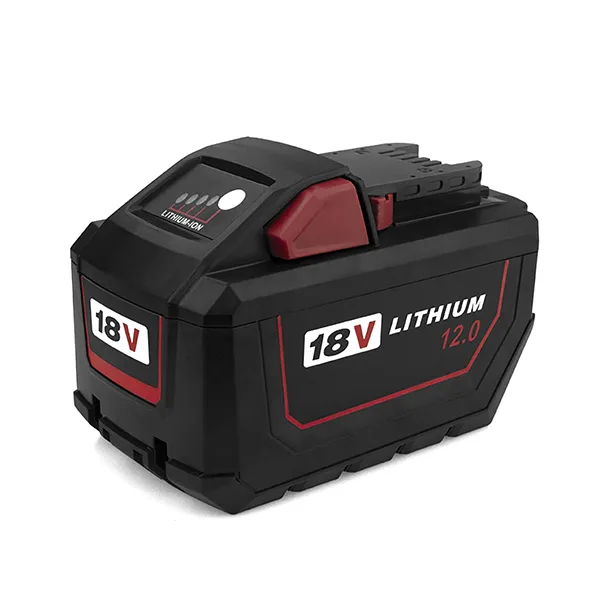Together for An Electric Future.
Since their invention in the 1970s, lithium-ion batteries have gained prominence. Lithium-based batteries are among the most well-liked in the industry thanks to several remarkable features, including being lightweight and having the ability to maintain a charge for lengthy durations of storage.
In recent years, lithium-ion batteries have become well-liked energy sources. In comparison to other batteries, which have a storage capacity of nearly 100watt-hours/kg, and lead acid batteries, which have a total capacity of 25 watt-hours per kilogram, a standard lithium-ion battery has a storage capacity of 150 watt-hours in a 1 kg battery.
Due to their numerous benefits, these batteries are now frequently used in consumer devices and battery-powered vehicles.
Despite its widespread usage, producers and consumers alike have expressed worry about lithium safety.
Primarily because of instability and acute vulnerability at extreme temps, numerous safety hazards exist.
Poor quality components, poor battery features, mishandling, wrong discharge, and inappropriate charging are a few of the main reasons why these batteries explode and catch fire quickly.
These days, lithium and lithium-ion tool batteries are built with safety mechanisms including pressure-relief mechanisms and positive temperature coefficients (PTC) resistors, that serve as fuses.
However, these features significantly lessen dangers, it is nevertheless advised to store defective or used lithium-ion batteries cautiously before bringing them to the nearby recycling facility.

Since batteries are always pressured, they require a metallic outside wall with a pressure-sensitive vented opening.
There is a possibility of the battery combusting spontaneously due to an overpressure accumulation at 3,000 kPa that causes the battery to get very hot.
This vent prevents this from happening by letting out additional pressure and stopping adjoining cells in the battery pack from bursting into flames.
Most lithium-ion cells use a polyolefin barrier, which has superior chemical stability, outstanding mechanical strengths, and is reasonably priced.
As soon as the cell overheats, it acts as a fuse. The separator begins to melt under extreme heat when the core hits 130°C (266°F), which halts the movement of ions. This safety measure shuts down the battery cell immediately.
Without this measure, there could have been a risk that the failing cell's heat would have reached the thermal runaway limit and exploded.
The PTC is a switch that prevents the lithium-Ion battery from overheating and protects it from current fluctuations.
Self-discharge occurs in lithium-ion cells, just like it does in all other battery technologies, due to internal chemical reactions.
Temperatures may increase because of elevated self-discharge, and, if unchecked, could result in a Thermal Runaway.
When a lithium-ion tool battery is incorporated with a PTC, there is minimal heat produced and very little energy discharged, thereby protecting the battery cell from thermal runaway.
Many manufacturers of battery packs have implemented a strict policy on battery safety.
Making lithium-ion batteries "smart" will make them safer. We can foresee anomalous battery usage or effectiveness by incorporating a degree of intelligence into the batteries, which allows us to do more than just identify problems.
This will make it easier to act quickly, stop system damage, and guarantee battery safety.

We are concentrating on developing technology to extend the life and functionality of power tool batteries.
Our dependability, honesty, dedication to customer satisfaction, and creative business strategies, have made us an internationally recognized brand.
Please get in touch with us if you want to learn more about our battery management options that can prolong life and enhance the efficiency of your power tool batteries.